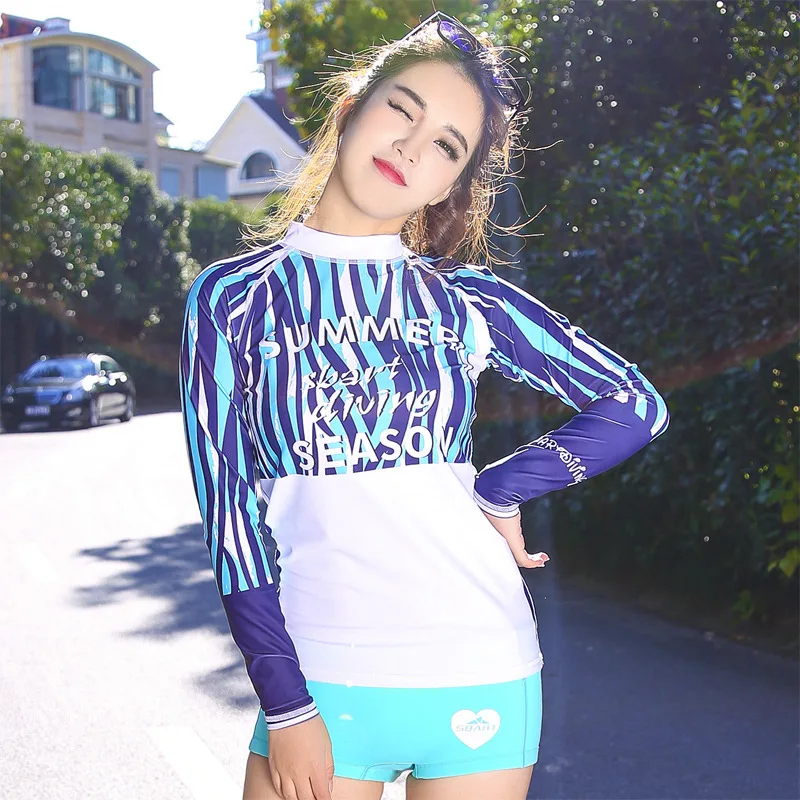
It’s a red flag if they don’t provide them as part of a lesson. Ask the shop about impact vests beforehand. Most shops will offer impact vests for beginners, which provide buoyancy and protection from falls and knocks by equipment without impeding movement. A swimsuit and a rash guard, either long or short sleeve, will suffice, and the water in Puerto Rico is warm. Most shops will send someone out on a boat with you, which is ideal because it’s easy to end up pretty far away from your starting point. Finally, on day two or three, depending on the length of your lessons and skills with the kite, you’ll graduate to the board. The next step is “body dragging.” You’ll move out into the water with the kite, let your feet float behind you, and feel the kite pulling you through the water. Once you get comfortable with this, you’ll move on to a bigger kite, one that you’re likely to use once you get out on the water. Chances are you’ll start with a smaller kite around four meters, or 13 feet, in diameter. Once you’re more comfortable with the kite, you’ll probably get some drilling in, moving and stopping the kite at 10 o’clock, 11 o’clock, and - the key - 12 o’clock (directly above your head).

You will certainly crash the kite on the beach a few times. The instructor will guide you through some basic maneuvers so you can get a feel for the wind and how the kite responds to the control bar. You’ll also practice “rigging up” - connecting the lines to the kite - and then your instructor will likely take the kite, get it up in the air, and pass it over to you. A good instructor will take time to walk you through the equipment before you ever see a kite - in particular, the Control Bar and Chicken Loop - and guide you through kite terminology. Unless you’re in the top one percent of naturally gifted kiters or already have some experience, on day one you should expect to practice for two to three hours and shouldn’t expect to be on the board. What to expect from your first days in the surf They’ll know best and can check the conditions, suggest the right days, and communicate with you if things change. It’s worth connecting with the shop you plan to use beforehand to let them know you’re coming for one or more lessons. Even if the wind is calm, ask if you can test a smaller kite on the beach, because any time with the kite is beneficial. Depending on conditions, you may be able to take lessons every day, or you may have to wait several days until it’s right.

It’s ideal to have a three-to-five-day spread when you can take lessons. But as a beginner, you don’t want too much wind, known as “nuking” in the sport’s parlance. The shop offers lessons and gear for everything from kitesurfing to e-foiling, as well as surf camps for kids every Saturday and Sunday. We recommend lessons from the incredibly friendly team at Goodwinds, located on beautiful Dorado Beach, a 45-minute drive from San Juan.

Even if you’re confident with other water sports, it’s worth getting some instruction. Kitesurfing requires a fair amount of gear, all of which will be new to most people. If you’ve never done any kiting before, take a lesson from a professional.


 0 kommentar(er)
0 kommentar(er)
